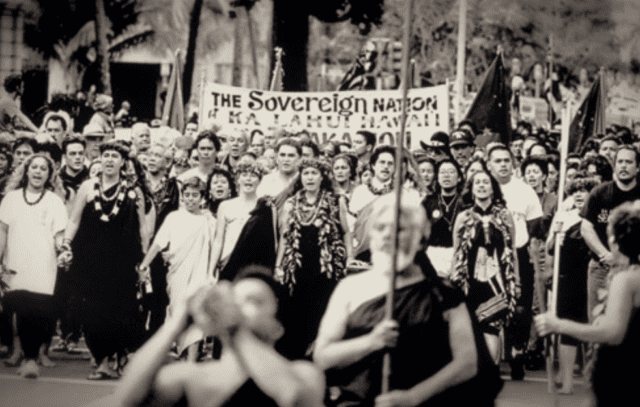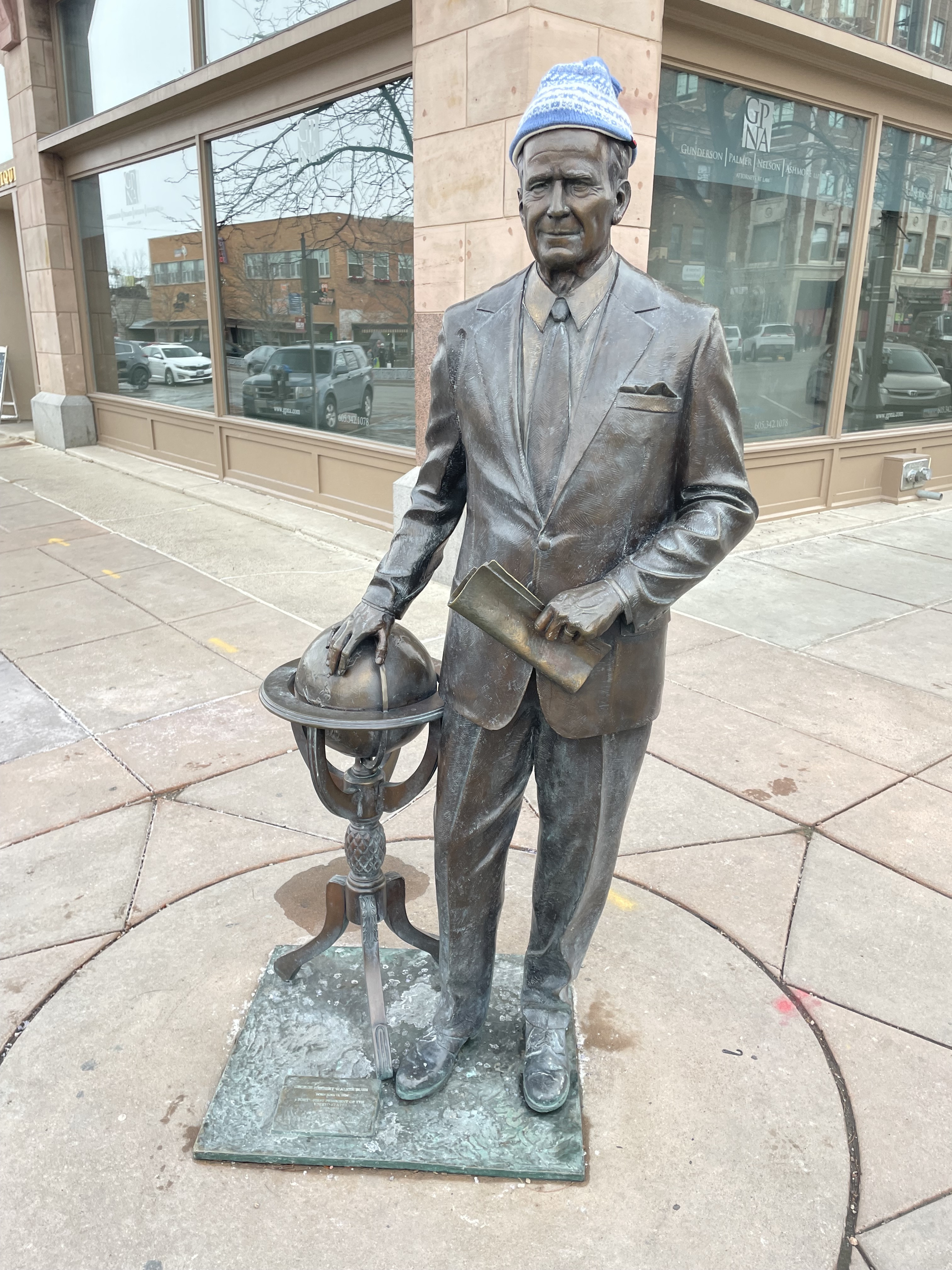We call on Buu Nygren to take concrete steps to SHUT DOWN PINYON PLAIN uranium mine near Grand Canyon, adjacent to Sacred Red Butte.
Haul No! was founded in late 2016 as a Diné-led initiative aimed at stopping both the Canyon Mine (now rebranded Pinyon Plain) and the White Mesa Mill, with proposed transport through Diné Bikeyah, our traditional homelands. Co-founders Leona Morgan, Sarana Riggs, and recently-transitioned Klee Benally led an awareness and action tour in 2017, educating and training communities along the haul route starting at the uranium mill in Ute territories to its point of origin: the mine in Havasupai homelands.
In a March 14, 2014 Democracy Now! interview, focused on Pinyon Plain/Canyon Mine and the greater problem of uranium mining, Klee referred to the estimated 15,000-20,000 abandoned uranium mines across the so-called United States as “a toxic legacy that impacts us to this day. It’s really a slow genocide of the people, not just the Indigenous Peoples of this region.”
Haul No! was founded specifically to take on this work, as volunteers, to prevent further contamination to our lands, water, air, and future generations by the company Energy Fuels at both ends of the haul route, from Pinyon Plain/Canyon Mine to the White Mesa Mill.
Regarding water and environment, Klee stated, “There are no winners when we destroy Mother Earth, when we destroy the water that we need to drink, [when] we destroy the air that we need to breathe and the ground that we need to feed ourselves from.” Haul No! works toward protection, not destruction of our Mother Earth. In Klee’s words, “Wherever there’s an environmental crisis, there’s a cultural crisis because we are people of the Earth.”
Haul No! has been consistent in our call to SHUT DOWN THE MINE and to STOP THE MILL. After the transition of our brother, our colleague, comrade, mentor, and friend, we continue the fight for the protection of our Peoples, to defend the sacred, and to put an end to nuclear colonialism.
We are done being a resource colony! We are done allowing our Peoples to suffer and die, only to power and fuel the outside world. We are done with poor quality or NO CLEANUP of all extractive industries, including an impending new wave of so-called clean energy that only rapes our Mother Earth.
On January 14, 2024, Navajo Nation President Nygren issued a statement via social media dated January 11, 2024 regarding Pinyon Plain uranium mine. In response to this statement, Haul No! demands that President Nygren MAKE A FIRM COMMITMENT WITH CONCRETE STEPS TO STAND UP FOR OUR PEOPLE! We need action behind words.
We demand that Buu Nygren use his authority as the President of the largest Indigenous Nation (by surface acreage) to work with Governor Hobbs of Arizona to DEMAND A SHUT DOWN by limiting Energy Fuels’ mining permit to closure and post-closure activities with the highest quality cleanup of the mine and surrounding public forest lands.
We demand a commitment of the Navajo Nation President to use his authority to work with President Biden to correct the loophole, the environmental racism and cultural assault of the new national monument that allows Pinyon Plain and others with “valid existing rights” to desecrate our sacred homelands.
Beyond the world of western legalese and the limited quasi-sovereignty of our colonial Navajo Nation government, we demand Buu Nygren to step up to the obligations of our Diné teachings to protect our sacred places, our lands and waters, and our future generations.
We invite Buu Nygren and all Diné leaders to join us on the frontlines to stop this mine and to stop the transport if it comes to that. We are done with prepared statements and hollow gestures. WE DEMAND ACTION NOW!
indigenous
587 readers
2 users here now

Welcome to c/indigenous, a socialist decolonial community for news and discussion concerning Indigenous peoples.
Please read the Hexbear Code of Conduct and remember...we're all comrades here.
Post memes, art, articles, questions, anything you'd like as long as it's about Indigenous peoples.

founded 2 years ago
MODERATORS
176
177
178
179
180
181
21
More than 100 days of indigenous resistance for Bernardo Arévalo to govern Guatemala
(english.elpais.com)
182
183
184
185
186
25
Authorities investigate femicide of Indigenous leader in northern Mexico
(www.laprensalatina.com)
187
188
189
190
191
18
South Dakota City Asks Oglala Sioux Tribe to Waive Sovereign Immunity to Fulfill Records Request
(nativenewsonline.net)
192
193
21
Historic land win for Ecuador’s Siekopai sets precedent for other Indigenous peoples
(news.mongabay.com)
194
34
In Chiapas, Indigenous-Language Speakers Face Life-or-Death Trials — With No Interpreter
(globalpressjournal.com)
195
27
Trial of prominent Wet’suwet’en leader and land defenders begins
(warriorpublications.wordpress.com)
196
197
26
False claims of U.N. backing see Indigenous groups cede forest rights for sketchy finance
(news.mongabay.com)
198
23
‘Indigenous’ and ‘local’ shouldn’t be conflated: Q&A with Indigenous leader Sara Olsvig
(news.mongabay.com)
199
59
Navajo Nation President Objects to NASA Sending Cremated Human Remains to the Moon
(nativenewsonline.net)
200









